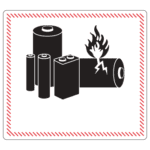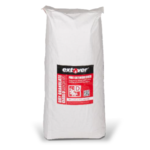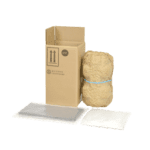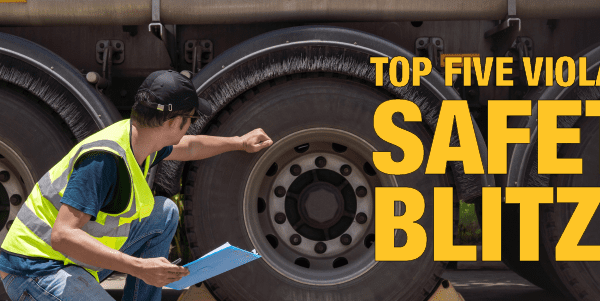
IATA Exemptions for Lithium Battery Returns
As we head into the new year, many of us are excited about the gadgets, toys, and electronics we’ve recently received. Whether it’s a new smartwatch, a drone, or a gadget that runs on lithium batteries, these items have become an essential part of our holiday shopping. However, what happens if your new product doesn’t work out and you need to ship it back? Here’s an important exemption from the IATA regulations that could make your return process easier—and it’s something many people overlook.
IATA Regulations and Shipping Lithium Batteries
When returning products containing lithium batteries, it’s vital to understand how to properly ship these items. Lithium batteries are considered dangerous goods due to their potential fire risk, which means they’re subject to strict shipping regulations. However, under certain conditions, there are exemptions that allow for safer and simpler shipping of lithium batteries by air.
Section 2.4: Transport of Dangerous Goods by Post
A particularly important exemption is found in Section 2.4 of the IATA Dangerous Goods Regulations, which deals with the transport of lithium batteries by post. This section outlines provisions for two key types of lithium batteries that you may encounter when returning holiday purchases:
- Lithium-Ion Batteries Contained in Equipment (UN 3481)These are the rechargeable batteries found in many of today’s popular electronics, such as laptops, smartphones, and tablets.
Under Section II of Packing Instruction 967, these batteries can be mailed without being subject to the full dangerous goods regulations as long as they meet specific requirements.
The exemption allows up to four cells or two batteries to be mailed in a single package, making it easier to return items that may contain lithium-ion batteries.
- Lithium Metal Batteries Contained in Equipment (UN 3091)These are non-rechargeable lithium batteries commonly found in devices like cameras, hearing aids, and toys.
Similarly, under Section II of Packing Instruction 970, these batteries can also be mailed if they meet the prescribed conditions.
Again, the exemption applies to up to four cells or two batteries per package, simplifying the return process for devices powered by lithium metal batteries.
Why This Matters for Your Returns
If your holiday gift contains a lithium battery and you need to return it, the ability to ship it by post using these exemptions can save time, effort, and potentially higher shipping costs. Ensuring that the return is properly packaged and meets these IATA exemptions can help avoid delays or issues during the shipping process.
Key Takeaways
Exemption for Lithium Batteries: Lithium-ion and lithium metal batteries contained in equipment can be mailed without the full dangerous goods regulations, as long as the limits (four cells or two batteries per package) are adhered to.
Easy Returns: This exemption makes it easier to return electronic devices with lithium batteries, such as smartphones, laptops, and cameras, while still complying with safety regulations.
Proper Packaging: Ensure your package complies with IATA Packing Instructions and includes the correct documentation for smooth processing.
With these insights into IATA regulations, returning that holiday gift should be a much simpler process. Do you have questions about Lithium Batteries? Take a look at our Lithium Battery FAQ, or contact our team of experts at 855.734.5469 or send us an email, we’re happy to help.
Stay up to date and sign up for our newsletter!
We have all the products, services and training you need to ensure your staff is properly trained and informed.
 Lithium Battery Mark Lithium Battery Mark |
 Extover Extover |
 4GV Securepacc 4GV SecurepaccComplete Shipping Kit |





